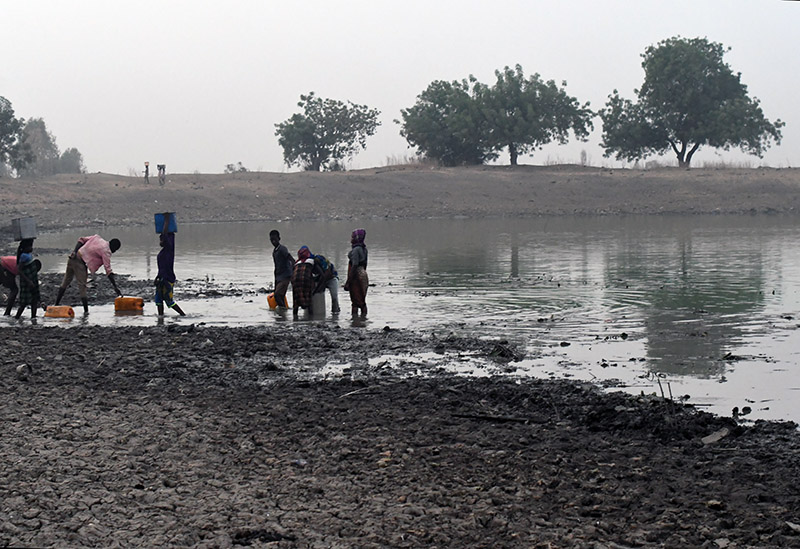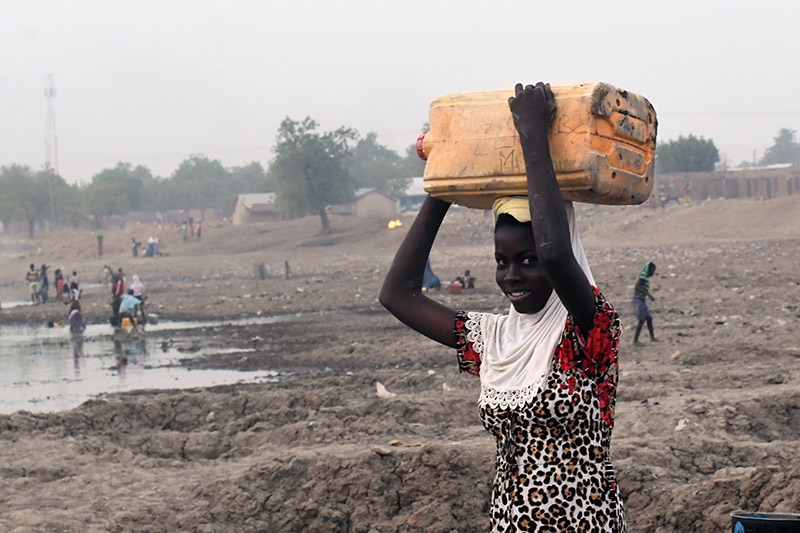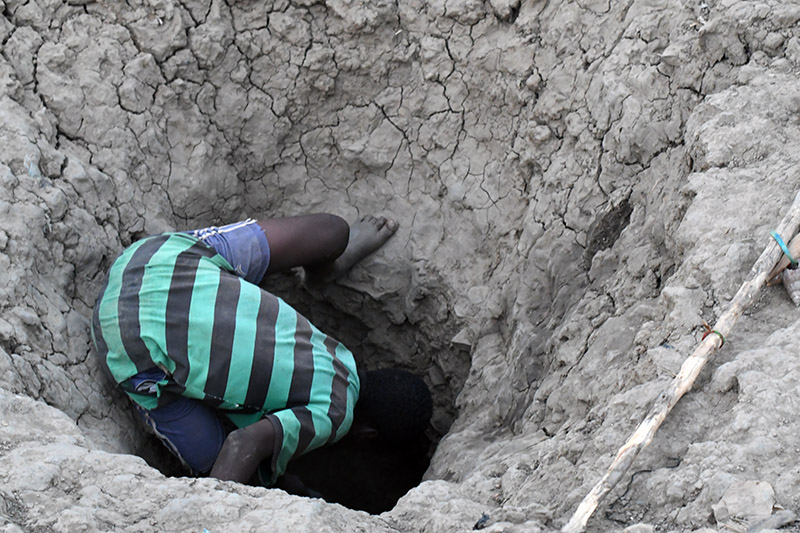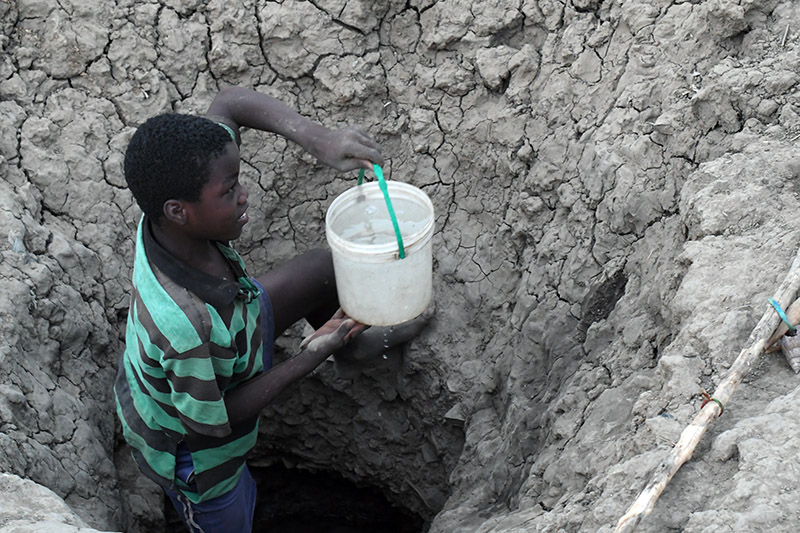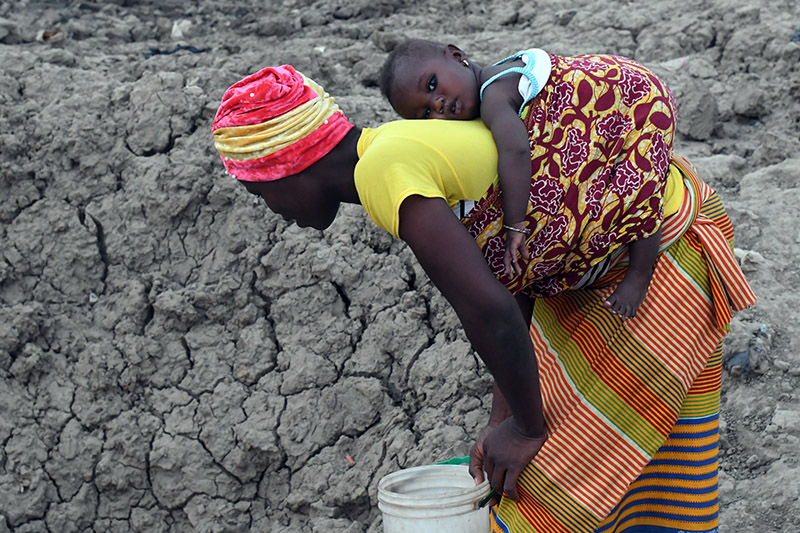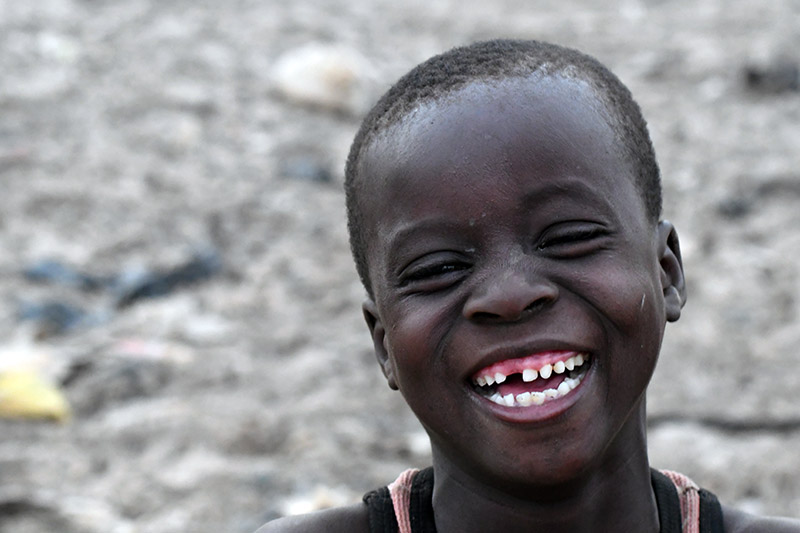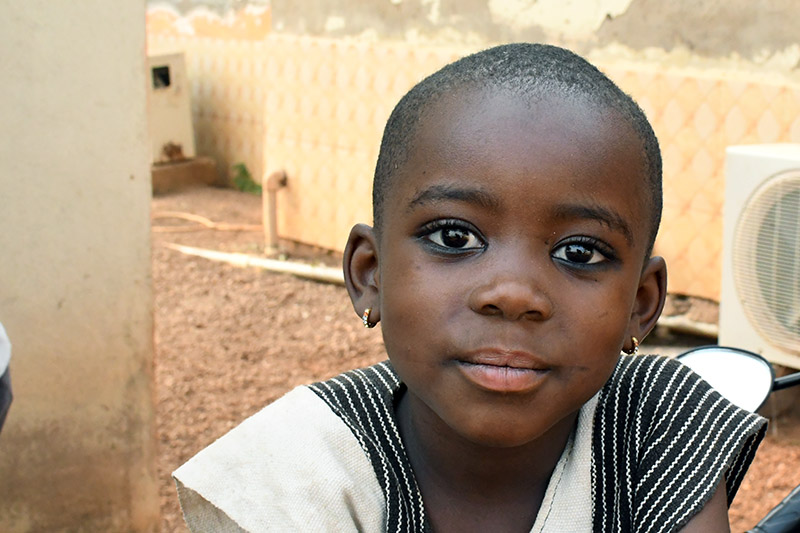First. Let me apologize for missing the blog post yesterday. As you know, sometimes schedules just get complex , and when it comes to Internet, food, and sleep, sometimes we only get to pick two. Also, I apologize for the paucity of good photos. We just have not had much time to wander the villages and see joyful faces. But… I do have a few…
So, a quick catchup.
We left Tamale after picking up two friends who had travelled down from Burkina Faso. They live in an area that is predominately Fulani, a nomadic tribe of millions that spans the Sahel region. They were joining us to participate in the training and bring some of the equipment back up to near Ouagadougou, where they live.
Ray was happy to have me take the wheel and drove to Yendi and then turn North up through Zamashegu and on to Gushigu. Like the previous evening, the traffic in Tamale was impossible. Fortunately, we had downloaded an off-line map and rather than drive straight into the yellow yellow crash derby in the center of town, Beth called out directions from the back and I zigzagged through side streets dodging donkey carts, bicycles, motos, and kids playing. At noon, near the equator, the overhead sun provided no assistance for dead reckoning though the labyrinth. While I didn’t really expect a Minotaur, it is Africa, and I continue to be surprised.
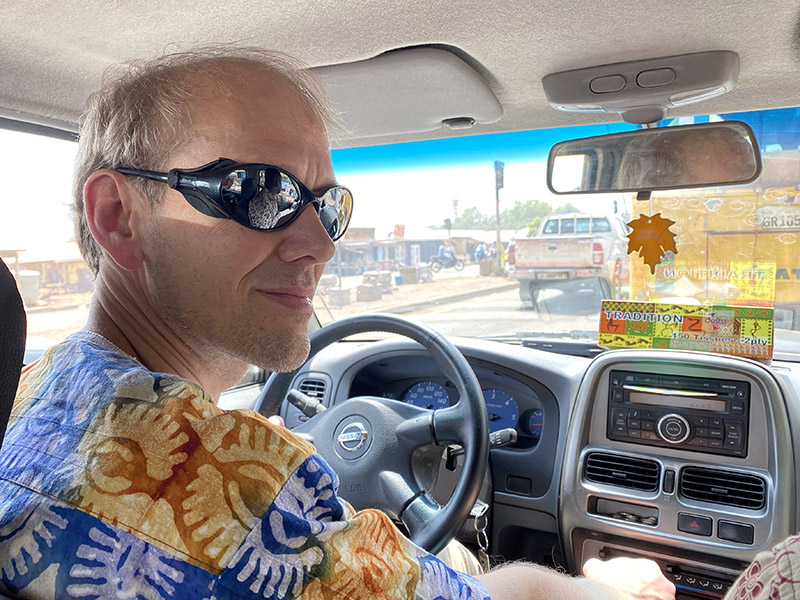
“Are we heading East? We should pass a mosque and then a clinic, right?”
The main road out of Tamale seemed so smooth and easy after emerging from the congestion. I sped up and started weaving around the bicycles and 3-wheeled “motokings”. The relatively new road felt like the Autobahn in comparison. Within about 30 minutes, everyone was nodding in and out of sleep except the Fulani, who only spoke Fulfulde and French. Ray’s CD player in the truck was broken. So, I pondered life, Africa, my family, quantum computing (seriously, why is everyone so enamored with it?), potholes, the size of the planet, the cost of a 12 hour bus fare from Accra to Tamale, the wonders of Gatorade when it is 106, and spent some time in prayer.
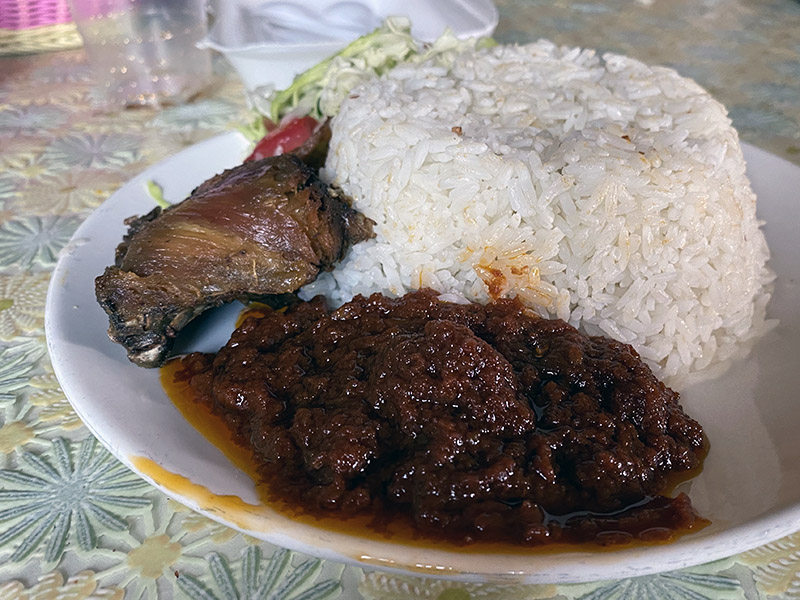

By about 3:00 it was time for lunch. Rice is a common staple, but of course not grown around here. Yams. plantains. and cassava are the local starches. Banku, or fermented maize is a popular, gooey, slightly sour dough that is dipped in hot soup. It is an acquired taste :-)
In the evening after dark, we headed out into a small village about an hour north and into the bush. The town was quiet. In the far distance a few animals made themselves know, but the air was cool and peaceful. We were visiting a small church in the village, and several of Ray’s staff started setting up the screen for the evening movie — an African written and produced set of short movies called “Walking with Jesus”. The village was primarily Dagomba, and we were greeted by from the church and the curious from around town, who followed the music of a local choir that Beth and I had recorded a few years prior.
The town had one or two overhead lights that cast a yellow glow across the dirt plaza outside the church.
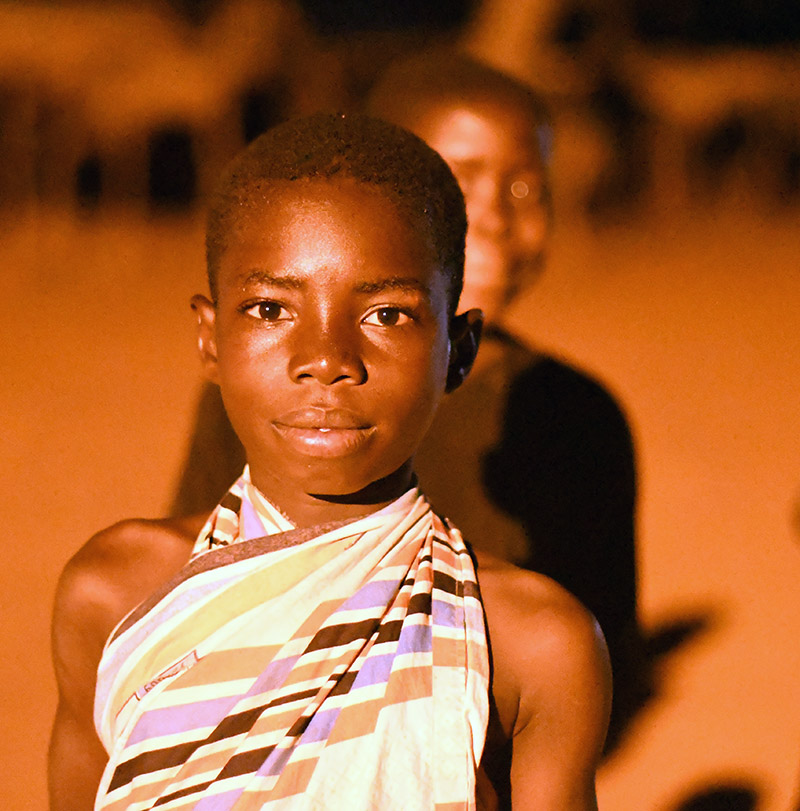
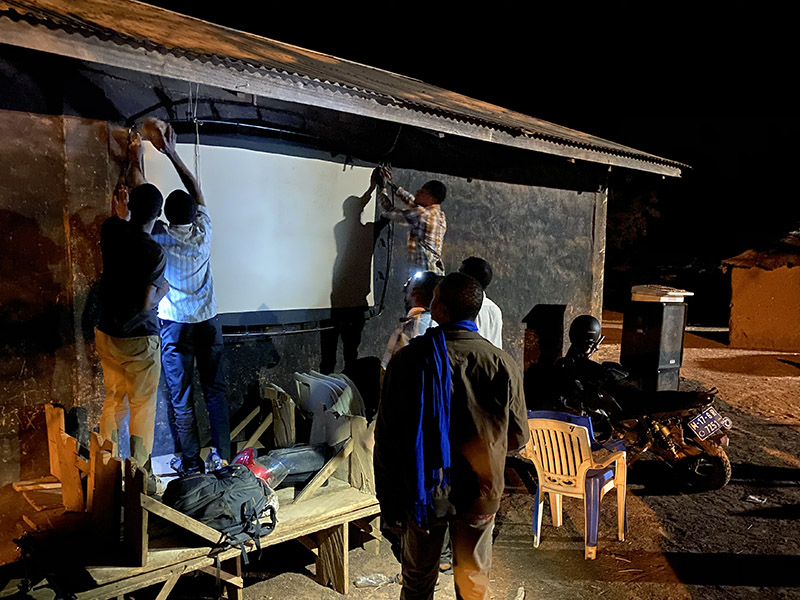
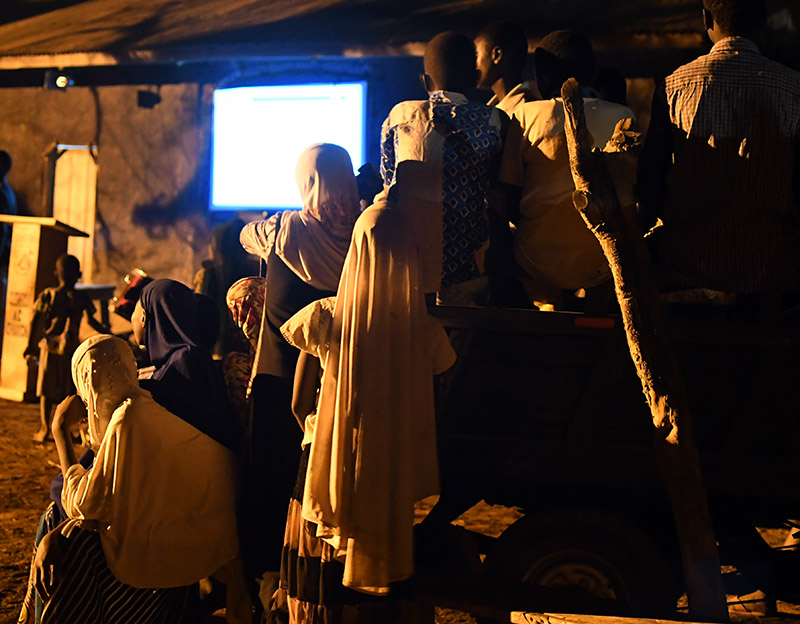
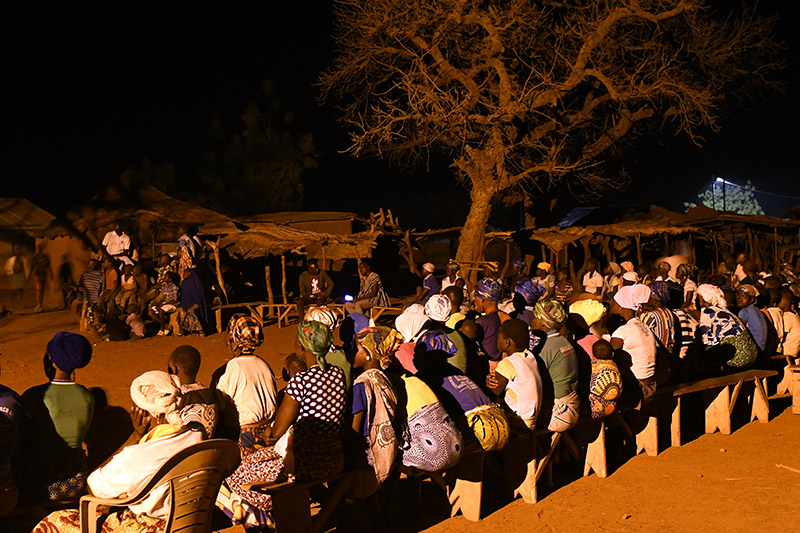
After the movie ended, and most of the tired babies and young children were carried, asleep in their mothers arms back to their homes, we stood under the stars and sang. The dust had finally settled, and in the cool air the majesty of the stars spread from horizon to horizon. Wow.
Most of the next day we spent working on the tech that the five motorcycle pastors use as they meet and teach people across northern Ghana. However we also had a chance to drop in on the local watering hole. In the dry season, the rivers stop and the lakes grow smaller each day. The water from the main mud pit is used primarily for washing clothes and construction. To gather drinking water, deep vertical shafts are dug so water can seep up. It is still dirty, but there is a treatment folks buy in town to clean the water, settle out the dirt and make it drinkable. OneWay distributes water filters to the most remote communities where chemical treatments are not practical.
